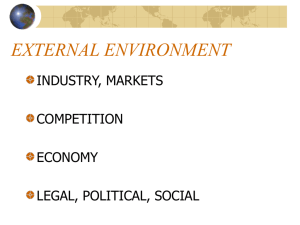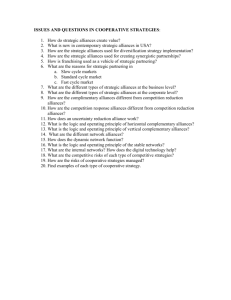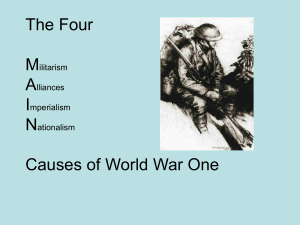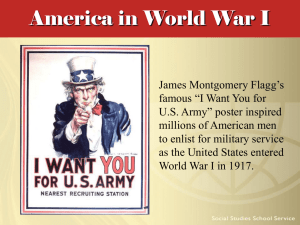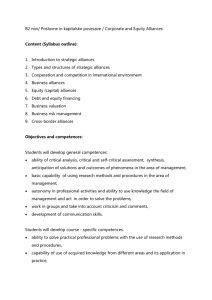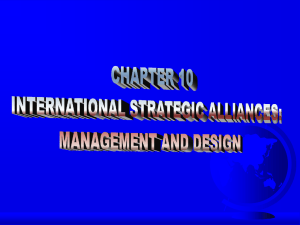Repetition: Chapter 7: Global Alliances and Strategy Implementation
advertisement
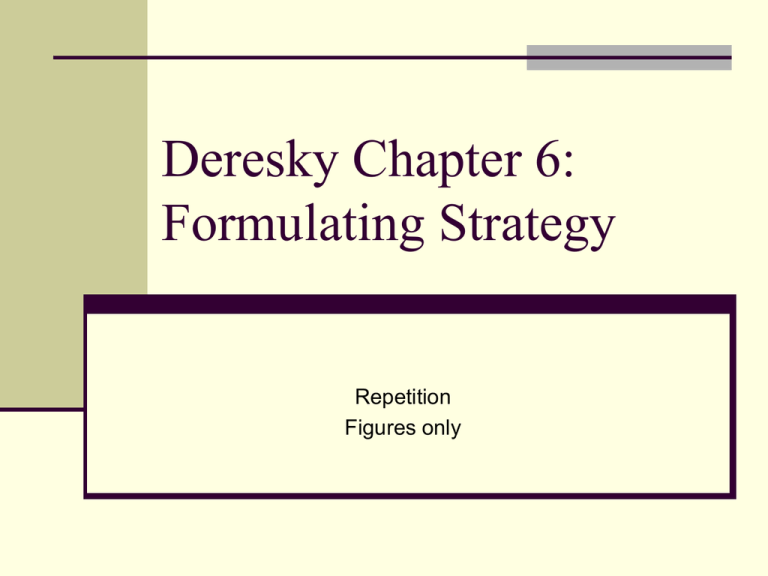
Deresky Chapter 6: Formulating Strategy Repetition Figures only Strategic Formulation Process Strategic Decision-Making Models Strategic Choice Strategic Choice Repetition: Chapter 7: Global Alliances and Strategy Implementation PowerPoint by Hettie A. Richardson Louisiana State University Strategic Alliances Partnerships between two or more firms that combine financial, managerial, and technological resources and their distinctive competitive advantages to pursue mutual goals Also referred to as cooperative strategies Categories of Alliances Joint Ventures PSA Peugeot-Citroen Group and Toyota Equity strategic alliances TCL-Thompson Electronics Non-equity strategic alliances UPS and Nike Global strategic alliances Covisint Motivations and Benefits of Global and Cross-Border Alliances To avoid import barriers, licensing requirements, and other protectionist legislation To share costs of research and development Toshiba To gain access to markets that favor domestic companies To reduce political risk To gain rapid entry into a new or consolidating industry Challenges in Implementing Global Alliances Many alliances fail or end up in takeover Choosing the right form of governance The benefits of cooperation vs. the dangers of new competition Guidelines for Successful Alliances Choose a partner with compatible strategic goals and objectives Seek complementary skills, products, and markets Work out how each partner will deal with proprietary knowledge or competitively sensitive information Recognize that most alliances only last a few years Knowledge Management in IJVs Repetition: Chapter 8: Organization Structure and Control Systems PowerPoint by Hettie A. Richardson Louisiana State University Organizational Structure Must evolve to accommodate internationalization Must “fit” with strategy Should be contingency based The Thinking of How to Change Structures Differentiation Dividing the main task into sub tasks Integration Differentiation takes place in the functions. – The more you differentiate – The more pressure you will se for integration Coordinating the performance of the sub tasks, to assure that the goal af the main task will be obtained Typically a function for managers / leaders The Circle of Formalization Differentiation Integration The Problem is to find the balance, that will minimize the complexity of the organization ”After the task has been divided into specialist subtasks, the problem is to integrate the subtasks around the completion of the global task. This is the problem of organization design.” Jay Galbraith (1974), Organization Design – An Information Processing View Choice of Organizational Form Exhibit 8-7 Transnational Strategy Globalization Strategy International Strategy Multidomestic Strategy
